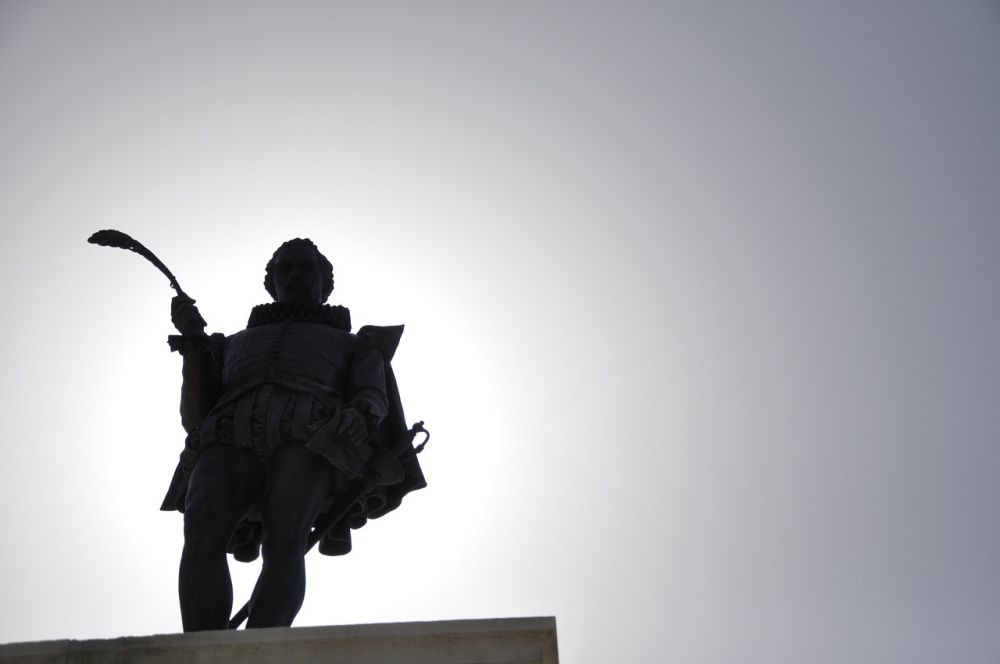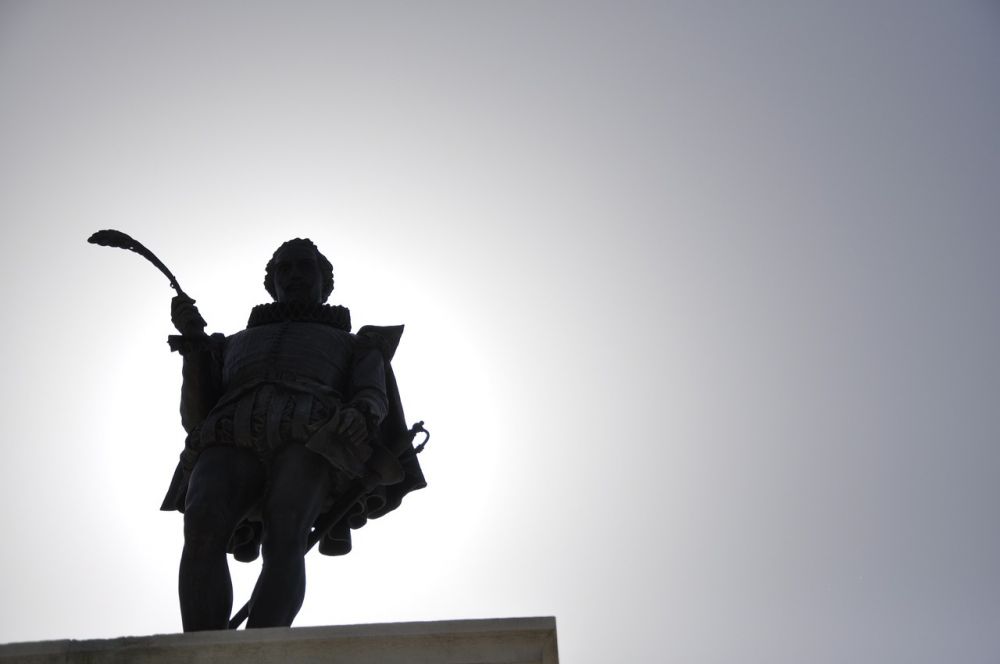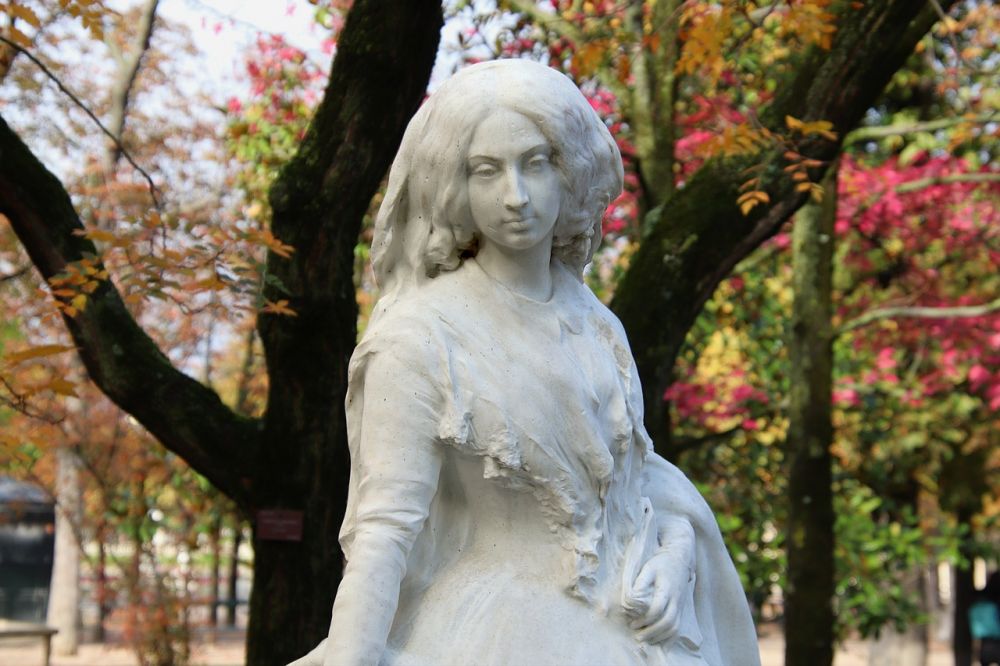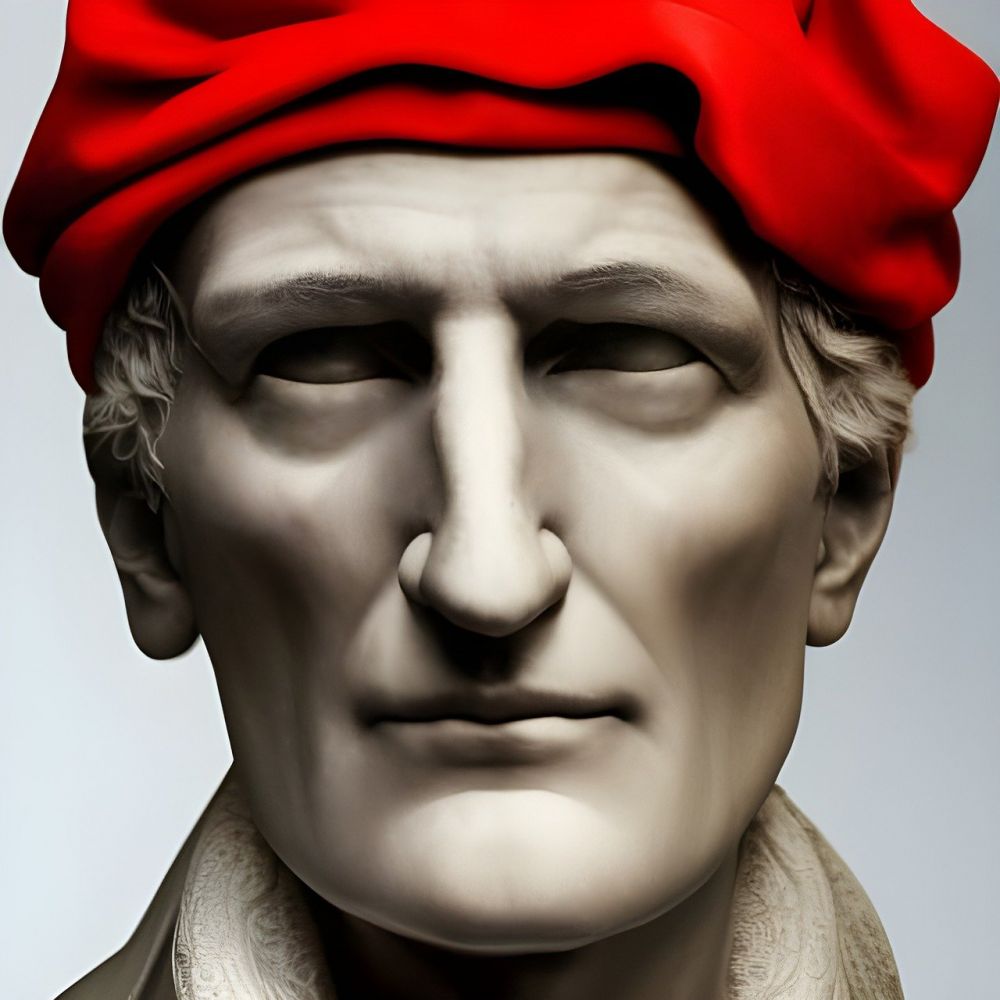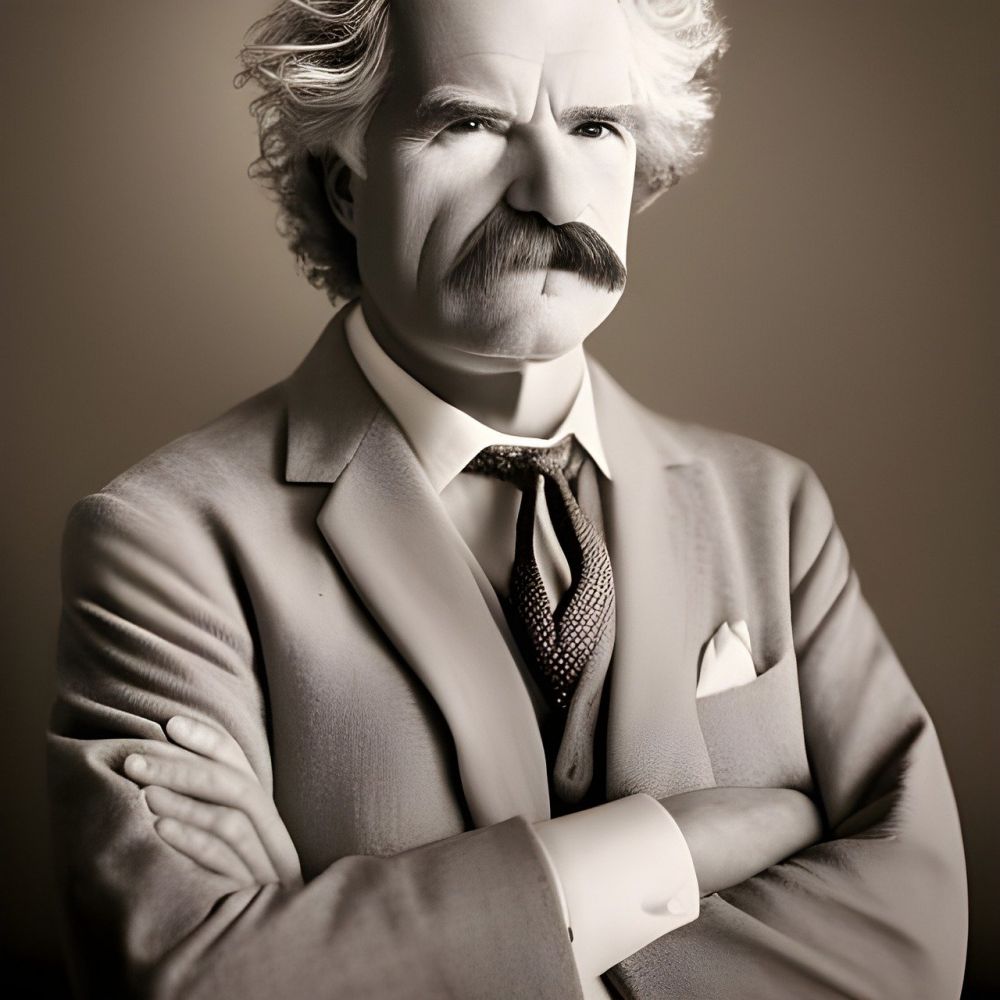The Raven: Edgar Allan Poes Dark Masterpiece

Introduction:
The Raven by Edgar Allan Poe is a literary masterpiece that has captivated readers for generations. This haunting poem, with its melancholic tone and eerie atmosphere, explores themes of grief, loss, and the supernatural. It is a work that continues to intrigue and inspire readers, and its enduring popularity can be attributed to Poe’s masterful storytelling and his ability to evoke the darkest depths of the human psyche.
The Significance of The Raven
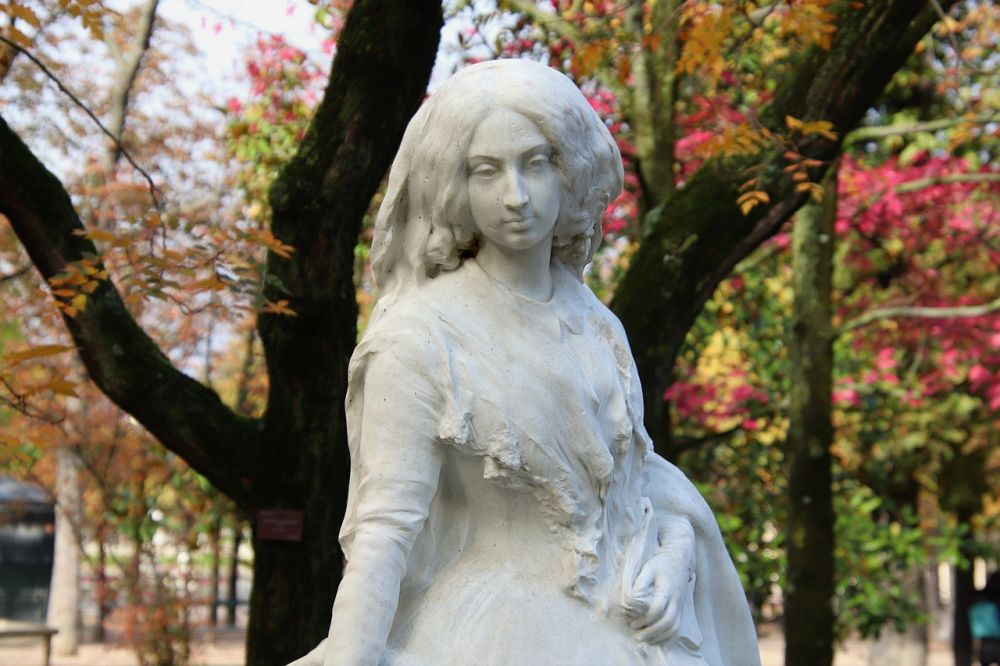
The Raven holds a special place in literary history due to its innovative use of symbolism and narrative structure. Published in 1845, it is one of Poe’s most famous works, showcasing his unique blend of macabre imagery and lyrical language. The poem’s central character is a grieving man tormented by a talking raven, which serves as a symbol of his inner turmoil and descent into madness. Through the Raven’s repetitive refrain of “nevermore,” Poe explores the human fascination with death and the inability to escape the confines of one’s own mind.
The Evolution of The Raven
Over time, The Raven has become an integral part of popular culture and has been adapted into various forms of media. Its impact on literature can be seen in the countless writers who have been influenced by Poe’s dark and brooding style. Additionally, the poem has been referenced and analyzed in academic circles, solidifying its status as a work of enduring literary significance.
Cultural Legacy and Interpretations
The Raven’s cultural legacy is vast, inspiring countless artists, musicians, and filmmakers. Its imagery and themes are timeless, resonating with audiences across different periods and generations. From the gothic literature of the 19th century to contemporary horror films, The Raven has left an indelible mark on the arts.
– The poem’s themes of loss and grief have made it a favorite among those seeking solace in times of sorrow.
– Its exploration of the human mind’s dark recesses makes it a source of fascination for psychologists and literary analysts alike.
– The iconic refrain “nevermore” has become a symbol of eternal longing and existential despair.
– The Raven’s influence can be seen in various works of art, such as paintings and sculptures, that recreate its haunting imagery.
– The poem has also been adapted into stage productions and even an animated film, capturing its timeless appeal for different audiences.
The Symbolic Power of The Raven
Poe’s use of symbolism in The Raven is one of its most remarkable aspects. The raven itself represents death, an ever-present reminder of the narrator’s grief and despair. The repetition of the word “nevermore” adds to the poem’s haunting atmosphere and serves as a reminder of the inevitability of loss. Through these symbols, Poe delves into the darkest corners of the human psyche, exploring the depths of sadness and the struggle to find meaning in the face of mortality.
Conclusion
The Raven by Edgar Allan Poe remains a masterpiece of dark poetry, captivating readers with its haunting imagery, symbolism, and exploration of the human condition. Its enduring popularity and cultural legacy are a testament to Poe’s brilliant craftsmanship and his ability to evoke a sense of unease in his readers. Whether it be through the captivating narrative or the iconic refrain of “nevermore,” The Raven continues to hold a prominent place in the literary canon and in the hearts of art enthusiasts and collectors alike.
Overall, this article provides a comprehensive overview of The Raven by Edgar Allan Poe, delving into its significance, historical evolution, and cultural impact. It aims to inform and engage readers, shedding light on the enduring appeal of this dark masterpiece.

